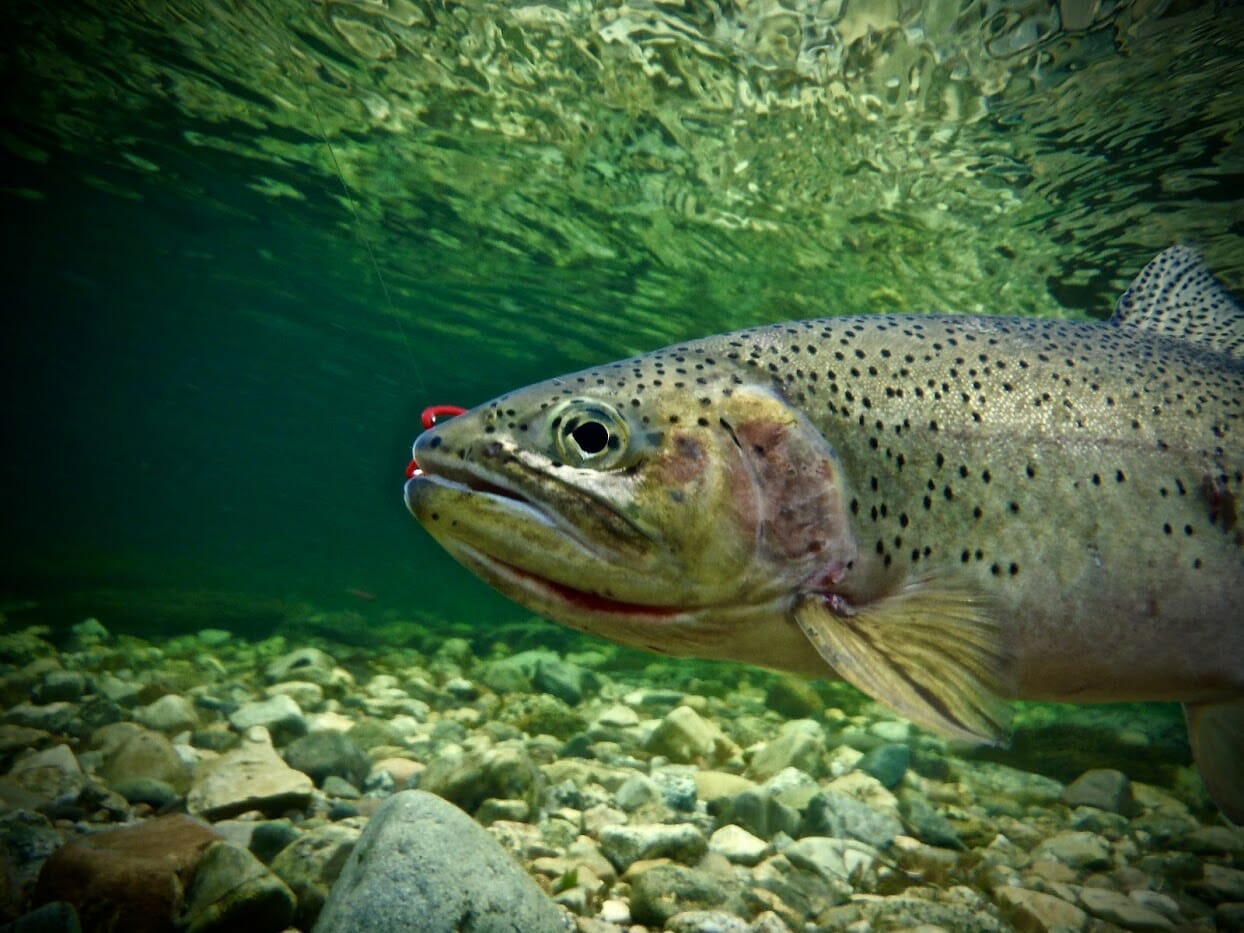As anglers, we constantly seek the best opportunities to catch fish. Understanding seasonal patterns and fish behavior is essential for maximizing our chances of success on the water. By recognizing the factors that influence fish activity, we can strategically plan our fishing trips and increase the likelihood of landing our desired catch. In this article, we will delve into the best time to fish by exploring seasonal patterns and how they impact fish behavior.
- Spring: Awakening of Activity
Spring is a season of rejuvenation in aquatic ecosystems. As water temperatures rise, fish become more active and begin to move from their wintering locations. Look for areas with warming water and potential food sources, such as shallow bays or near inflowing streams. Target species like bass, trout, and panfish that exhibit increased feeding activity during this time.
- Summer: Early Morning and Late Evening
Summer days can be challenging due to increased water temperatures and decreased oxygen levels. Fish tend to be more active during the cooler hours of the day. The early morning and late evening offer optimal fishing opportunities when fish are actively feeding near the surface. Focus on shaded areas, structure, or deeper water where fish seek refuge from the heat.
- Fall: Abundance and Migration
Fall is a bountiful season as fish feed voraciously in preparation for the upcoming winter. Look for areas with concentrated food sources, such as spawning grounds or near river mouths where baitfish congregate. Pay attention to changes in water temperature and be aware of fish migration patterns. Target species like salmon, trout, and walleye that exhibit heightened feeding activity during this time.
- Winter: Focus on Depth and Slow Presentations
Winter presents unique challenges as fish become less active and seek deeper, more stable water. Slow presentations and finesse techniques are often effective in enticing sluggish fish. Focus on deeper areas, submerged structure, or near thermal refuges where fish gather for warmth and protection. Target species like pike, perch, and panfish that remain active even in colder conditions.
- Weather and Barometric Pressure:
Weather conditions and barometric pressure can greatly influence fish behavior. Fish tend to be more active before a weather front approaches, creating favorable conditions for feeding. On overcast days, fish may venture into shallower areas, taking advantage of reduced light intensity. Pay attention to weather forecasts and plan your fishing trips accordingly.
- Moon Phases:
Moon phases can also impact fish behavior, particularly in relation to tidal movements for coastal fishing. During the new and full moon phases, tidal currents tend to be stronger, triggering increased feeding activity. Plan your fishing trips around these lunar cycles for enhanced success, especially when targeting species like striped bass or tarpon.
- Local Knowledge and Experience:
Each fishing location has its own unique characteristics and seasonal patterns. Local knowledge and experience play a crucial role in determining the best time to fish. Engage with local anglers, visit fishing forums, or consult fishing guides to gain insights into regional fishing patterns and optimal fishing times. Their expertise can provide valuable information specific to your area.
Understanding seasonal patterns and fish behavior is key to determining the best time to fish. By recognizing the impact of spring awakening, summer’s cooler hours, fall’s abundance, winter’s depths, weather conditions, barometric pressure, and lunar cycles, you can strategically plan your fishing trips for maximum success. Combine this knowledge with local expertise and your own observations to unlock the secrets of the water, increasing your enjoyment and satisfaction as an angler. Remember, the best time to fish is when you can immerse yourself in the beauty of nature and create lasting memories on the water.

Comments are closed